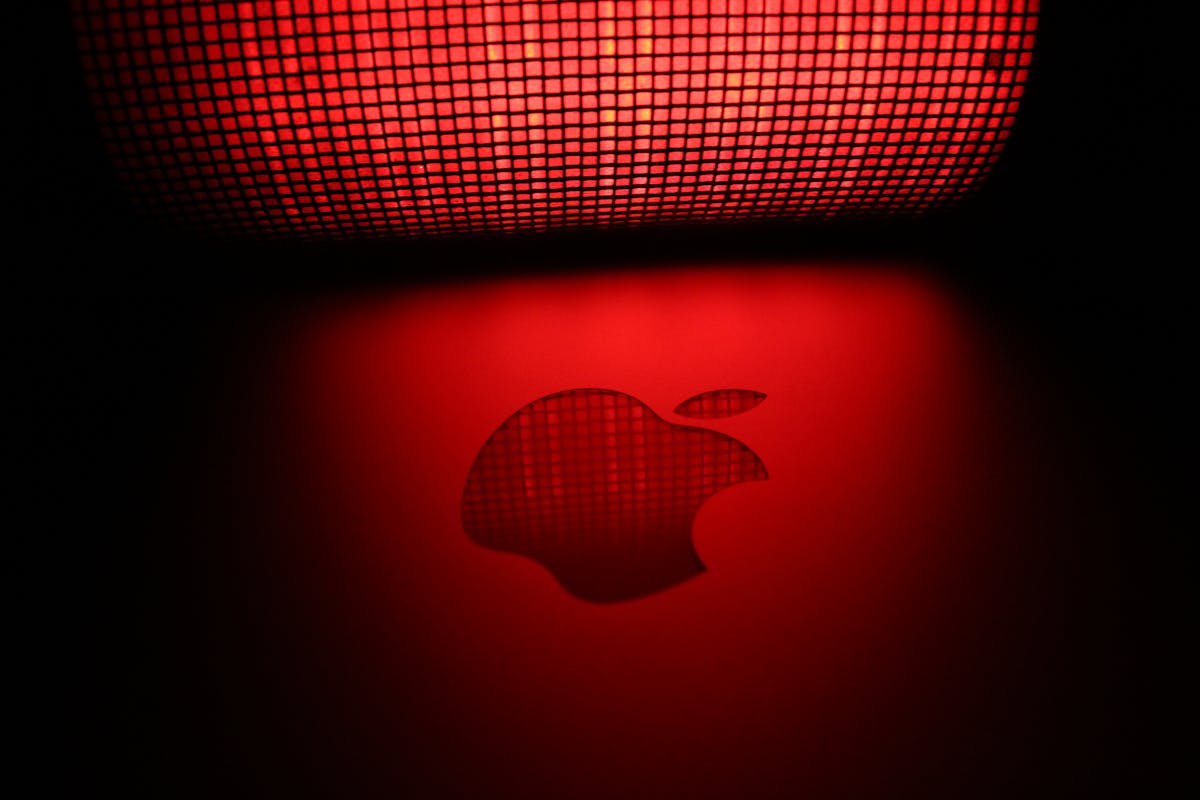F1 Telemetry: The Hidden Battle for Data and Performance
Formula 1 is a sport defined by precision, where every millisecond matters. While much of the attention is on aerodynamics, tire strategy, and driver skill, a crucial yet often overlooked aspect is telemetry—the intricate data communication system that keeps teams informed in real-time. At the heart of this system, infrared (IR) signals play a vital role in transmitting key performance metrics between the car and the pit wall.
However, like any technology, telemetry systems are not immune to disruptions. Environmental factors, interference, and even the potential for technical malfunctions can cause momentary blackouts in data transmission, impacting a team’s ability to make informed strategic decisions. In a sport where success is dictated by fractions of a second, even the slightest disruption can change the course of a race.
The Role of Telemetry in F1
Telemetry in Formula 1 is an essential tool that allows teams to collect real-time data on every aspect of the car’s performance. From tire temperatures and fuel consumption to brake efficiency and engine output, telemetry provides engineers with critical insights that help optimize strategy and ensure reliability. The data is transmitted through a combination of IR signals, radio waves, and fiber-optic systems, enabling seamless communication between the car and the garage.
Teams rely on telemetry to make rapid decisions during a race. If a driver reports tire degradation, engineers can instantly analyze live data to determine whether a pit stop is necessary. Similarly, if fuel consumption is higher than expected, adjustments can be made to engine mapping to extend the car’s stint on track. Without telemetry, these decisions would be based on guesswork rather than precise calculations, making it a cornerstone of modern Formula 1 strategy.
Challenges and Vulnerabilities of IR Signal Transmission
Despite its advantages, IR signal-based telemetry is not foolproof. Several factors can interfere with data transmission, causing unexpected disruptions.
One of the most common challenges comes from environmental conditions. High humidity, excessive heat, or even fluctuating light conditions can reduce the efficiency of IR signals, leading to incomplete or delayed data transmission. On some circuits, reflective surfaces, including the carbon fiber components of F1 cars, can deflect IR signals in unpredictable ways, further complicating the process.
Another challenge is electronic interference. With multiple teams transmitting vast amounts of data simultaneously, there is always the possibility of frequency overlap, which can lead to signal degradation. While teams operate on designated frequencies regulated by the FIA, occasional interference is inevitable, particularly on street circuits or locations with high electronic activity.
Technical malfunctions are another concern. A faulty sensor or transmitter can result in partial or total telemetry failure, leaving engineers without crucial performance data. In such scenarios, teams must rely on alternative communication methods, such as radio updates from the driver, to assess the car’s condition. However, this is far less reliable than real-time telemetry, as a driver’s perception of an issue may not always reflect its true severity.
Impact on Racing Strategy
The loss of telemetry can have significant consequences on race strategy. Without real-time data, engineers struggle to make accurate decisions regarding pit stops, tire wear, and fuel management. A driver could be left on track for too long on worn-out tires, resulting in a costly drop in performance. Similarly, an unmonitored fuel strategy could lead to a car running out of fuel before reaching the finish line, ending a race prematurely.
Safety is another concern. Telemetry provides teams with early warnings about potential mechanical failures, such as rising brake temperatures or declining oil pressure. Without this information, a team may fail to detect an issue in time, putting the driver at risk of a catastrophic failure at high speeds. In worst-case scenarios, a lack of telemetry could mean missing critical safety warnings that might otherwise prevent an accident.
FIA Regulations and Safeguards
Recognizing the importance of telemetry in Formula 1, the FIA has implemented strict regulations to ensure secure and reliable data transmission. Each team is assigned specific communication frequencies to minimize the risk of interference, and encryption measures are in place to protect against data breaches. Additionally, teams are required to have backup communication methods in case of telemetry failure, such as direct radio updates between the driver and the pit wall.
The FIA also monitors data transmission during races to detect any irregularities or suspicious activity. If a team experiences a telemetry blackout, officials can investigate whether it is due to a technical fault or potential interference. While there has been no evidence of deliberate signal tampering in modern F1, the reliance on technology means that cybersecurity concerns cannot be ignored.
The Future of Telemetry in F1
As Formula 1 continues to evolve, so too does its approach to telemetry. Teams are constantly seeking ways to improve data reliability and transmission speed. Future advancements may include hybrid telemetry systems that combine multiple transmission methods to ensure uninterrupted data flow. By integrating 5G networks, satellite-assisted telemetry, and enhanced IR signal technology, teams can create a more resilient communication framework.
Security will also play a greater role in the coming years. With the increasing digitization of F1 operations, teams will need to develop stronger encryption protocols to prevent potential cyber threats. The FIA is likely to introduce even stricter regulations to safeguard the integrity of race data, ensuring that no team can gain an unfair advantage through digital manipulation.
Conclusion
While Formula 1 is often defined by high-speed action and strategic battles on track, the real war is sometimes fought behind the scenes in the world of data and telemetry. The ability to collect, analyze, and transmit performance data in real time is a key factor in a team’s success, making the reliability of telemetry systems more important than ever.
Infrared signals have played a vital role in this evolution, but as with any technology, they are not without challenges. From environmental disruptions to the ever-present risk of electronic interference, teams must constantly adapt to ensure they are making the best possible decisions in the heat of competition.
As the sport continues to push the boundaries of innovation, the future of telemetry will be defined by enhanced security, improved transmission technologies, and a relentless pursuit of data accuracy. In a world where every detail matters, the silent war for data and performance will remain one of Formula 1’s most critical battlegrounds.








